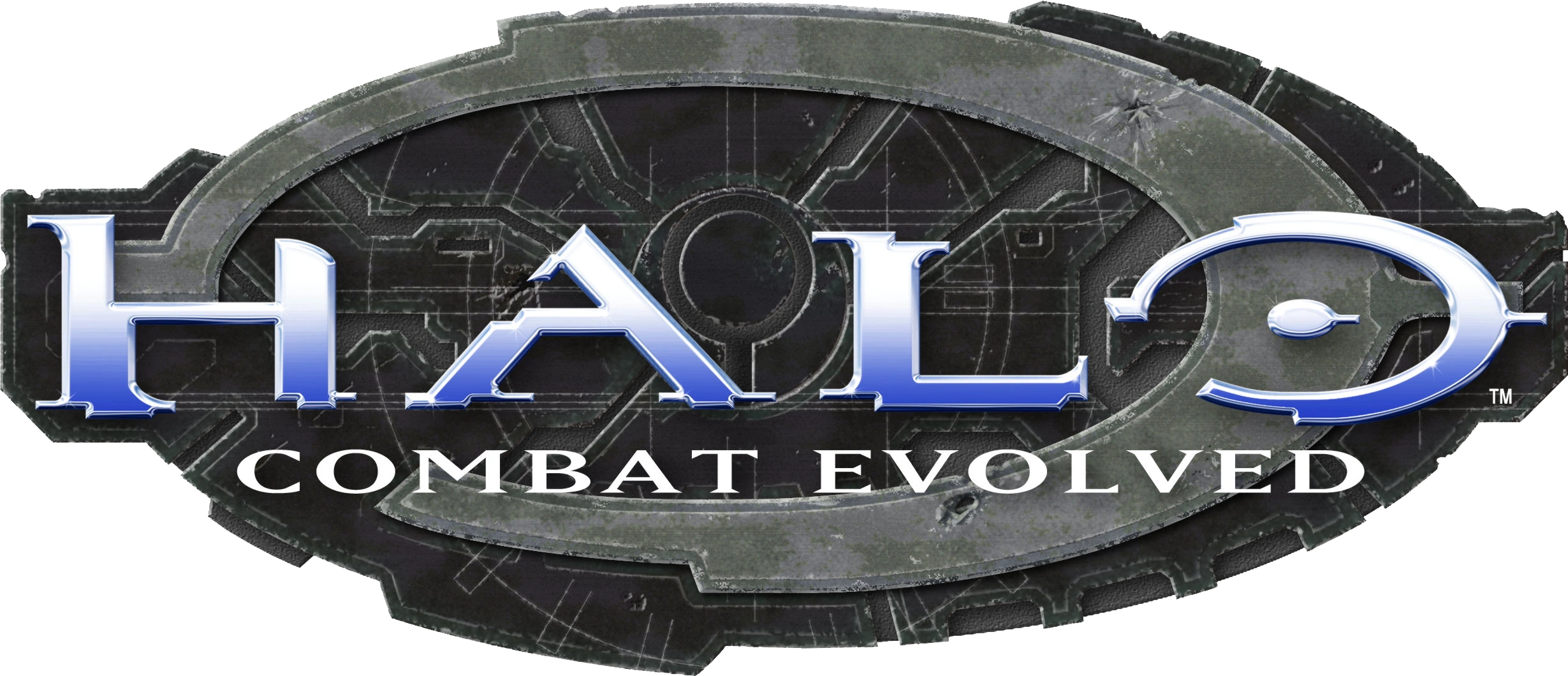I have been a huge Sega fan for a long time. The Sega Saturn was amazing, I had a huge game and accessory collection and the Sega Dreamcast was fantastic, but sadly Sony dominated the gaming scene which helped drive Sega out of the hardware business.
While you might see Sonic and other Sega franchise titles on other hardware, sadly we shall never see another Sega branded home console.
However, all was not lost with the demise of the Dreamcast. While many fans hoped for a Dreamcast 2, we did get a new Sega console of sorts, in the form of the original Xbox from Microsoft.
OK, so let's think about that for a moment.
The XBox released in 2001/2002 was in the sixth generation of consoles alongside the Sega Dreamcast released in 1998/1999. The Sony Playstation 2 released 1999/2000 and Nintendo Gamecube released 2001/2002 were also sixth gen home consoles.
As you can see the XBox was two or three years after the Dreamcast.
The Dreamcast was ahead of its time for standards. It was the first console to have built in online capabilities with a modem and it featured four controller ports. The large controller had four coloured buttons labelled X, Y, A and B and a memory card slot in it – called the VMU, because it had a screen and its own buttons like a mini console.
The Xbox was also ahead of its time. It had online capability, with built in ethernet out-of-the-box and it also featured four controller ports. The large controller was very similar to the Dreamcast controller design and I did read that it was based on it. It has four colour buttons labelled X, Y, A and B although the colours are swapped around and it has an additional thumb stick. It also features a memory card slot (two in fact) in the controller.
OK, so Microsoft drew inspiration from the Dreamcast when looking at their first home console. But it doesn’t just stop with hardware.
Some Dreamcast titles featured Windows CE on their discs offering more features than just the standard Dreamcast operating system, so Sega already had tie-ins with Microsoft. It was also rumoured that Sega asked Microsoft if they would make the Xbox backward compatible with Dreamcast discs, but they decided not to – wanting their console to be new and fresh, plus worries over online Dreamcast titles.
However, there were a lot of Sega franchises brought over to the original Xbox.
Crazy Taxi, Jet Set Radio, House Of The Dead and Shenmue all Dreamcast games, received new versions for the Xbox. Panzer Dragoon was a Saturn game which received a new version for the Xbox and PS2.
Outrun from the Master System/Mega Drive and ToeJam & Earl from the Mega Drive both received new titles for the Xbox.
On top of that – although not exclusive to the Xbox – a number of Sonic titles such as Sonic Heroes, Sonic Riders, Shadow The Hedgehog and Sonic Mega Collection Plus made their way to the Xbox.
Sega really wanted to get their games on to other hardware to keep their software side and game franchises afloat even if they didn't have their own home console systems to do it.
With the hardware similarities and the software titles brought to it, the original Xbox could be considered the closest Sega fans got to the mythical Dreamcast 2.
For me, it was a sad day when Sega announced they were closing their hardware side. Despite the Saturn and the Dreamcast being the underdogs I rate them as some of the best consoles ever. This may be why I have such a fascination and love for the original Xbox – a spiritual successor to some of the greatest consoles ever made.
I love my Xbox and still play it today. I'm not a Microsoft fan and do not like the 360 or One, for me the original Xbox is the best offering from Microsoft.
Written by Simon Royal. Follow me at twitter.com/simonroyal














